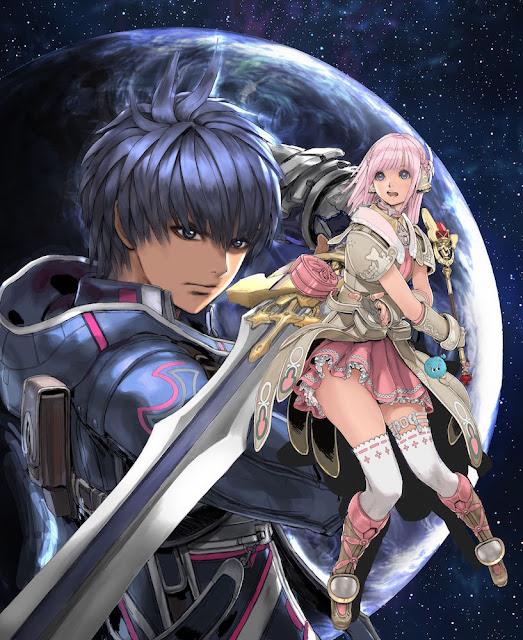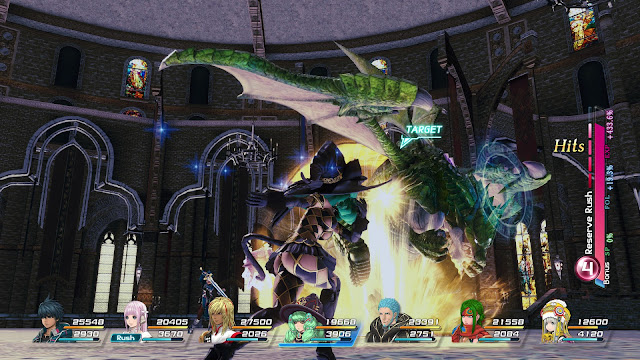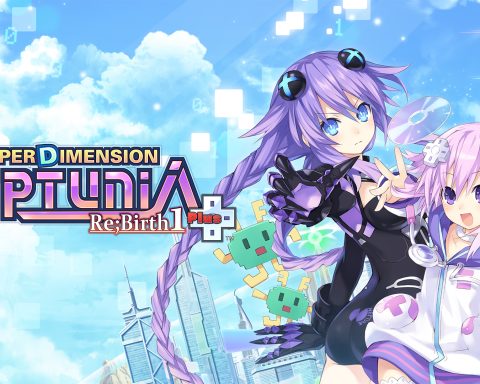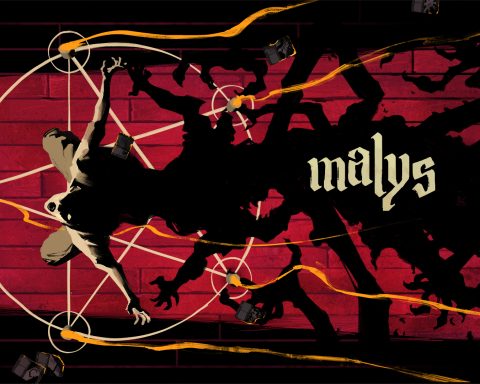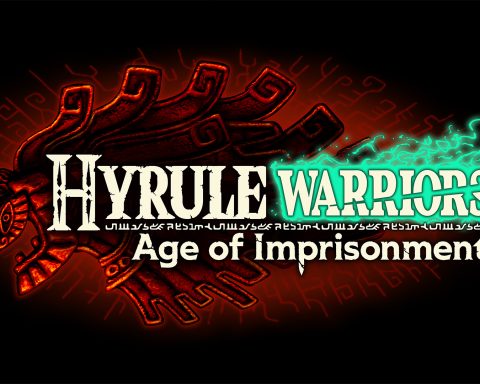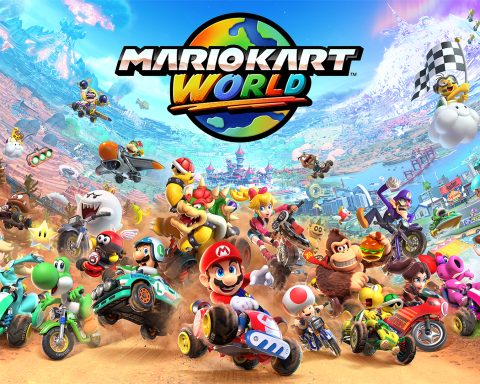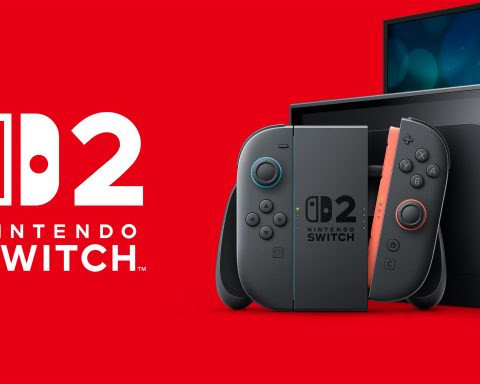Feature by Matt S. (premium article)
If you were to think of Square Enix’s classic JRPG franchises, you’re likely going to think of Dragon Quest and Final Fantasy. If you cast your thoughts beyond the JRPG genre, you’re probably going to think of the likes of Tomb Raider and Deus Ex, courtesy of its acquisition of Eidos.
What you’re probably not going to think of, at least immediately, is Star Ocean. It’s a series that has been around for a long time, but as with the Mana or Ogre Battle/ Tactics Ogre franchises, it’s firmly on the company’s B-list despite being around for so long. But, as a B-list franchise for the publisher, it’s a heck of one to have. We haven’t seen a new Star Ocean game in some seven years, with the last one being a relatively early release on the PlayStation 3. Perhaps because of this, when Square Enix gave the public their first playable build of the game at last year’s TGS, the crowds lining up for it were mammoth. Aside from the evergreen popularity of Monster Hunter, and the interest in the new VR toys, the lineups for Star Ocean 5 (Star Ocean: Integrity and Faithlessness) were by far the longest that we saw at the show.
Square Enix sees a lot of potential to grow the franchise and to help it find new audiences. The game’s producer, Shuichi Kobayashi, explicitly said that the goal of this one was to “reset” the franchise and have Star Ocean 5 kick off as a whole new path for the series.
“The way the series has gone, and the way we see it, is that games one through to four were the first season of Star Ocean, and with Star Ocean 5 we really wanted to start up a new season,” Kobayashi said. “We are very much looking to use this game to lay the ground work to continue on the series. If Star Ocean 5 goes well we’d like to go on to make other ones as well.”
Those noble intentions aside, on a thematic level this approach has proven to be an interesting challenge to Kobayashi and his team, as what makes Star Ocean great – and so popular with its fans – is not necessarily compatible with what the development team needed to do to appeal to new players.



